Geophysical and Planetary Acoustics
Geophysical and Planetary Acoustics uses all ranges of sound waves from infrasound to ultrasound to study the oceans, the atmosphere, and even other planets.

Using sound to study our world and beyond.
Our natural habitat is filled with sounds, and researchers use observations and measurements to characterize our environment. These techniques are also used for geophysical study on other planets.
Infrasound
Infrasonic waves have very long wavelengths and at frequencies lower than humans can detect (less than 20 Hz). Infrasound is typically generated by large sources such as hurricanes, explosions, tornados, and atmosphere/ocean interactions. Because of the size and strength of these signals, these waves travel great distances. The propagation of these waves are complicated by the layered and dynamic structure of the atmosphere, but this allows for study of planetary atmospheric processes by measuring these low-frequency signals. Applications include the monitoring of nuclear testing, evaluation of hurricanes, tracking of tornadoes, and assessment of various explosions.
Ocean Acoustics
Ocean acoustics explores the propagation of sound through underwater environments. This field is essential for advancing our understanding of underwater sound dynamics for applications in imaging, communication and energy transformation. Integrating principles of ocean dynamics and physics, researchers investigate how acoustic waves interact with waves, currents, and marine life, thereby contributing to our broader knowledge of the oceanic world.
The findings also have practical applications in climate monitoring, naval communications and resource exploration (like oil or mineral exploration). Techniques such as acoustics are essential for navigating and operating in conditions where light does not penetrate effectively.
Subsurface Geophysical Acoustics
NCPA has developed solutions using acoustics to study near-surface soil structures with interesting applications including landmine detection, watershed monitoring, dam and levee monitoring, aquaculture monitoring, environmental and wildlife monitoring, and new techniques for seismic refraction to image subsurface structures. Geophysical acoustics focuses on using and developing new acoustic and geophysical methods for monitoring physical changes in watersheds. This includes agricultural runoff, sediment transport, and groundwater monitoring. The broader environmental impact of the research goes to sustainability and the monitoring of environmental changes due to climate change.
Our Work in Geophysical and Planetary Acoustics
-
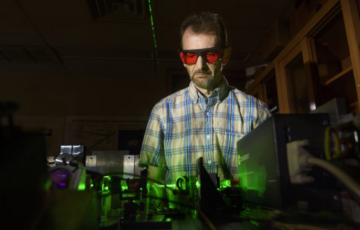
Laser Multi-Beam Differential Interferometric Sensor (LAMBDIS)
In 2019, NCPA principal scientist Vyacheslav “Slava” Aranchuk received a U.S. patent for the Laser Multi-Beam Differential Interferometric Sensor (LAMBDIS). This laser-based sensor, mounted on a vehicle, is designed to detect buried landmines much faster than existing methods. LAMBDIS allows for measurements from a moving vehicle, significantly speeding up the detection of buried objects. In tests, it detected buried objects from 25 to 65 feet away at speeds of 8.5 mph. Beyond landmine detection, LAMBDIS has market potential in nondestructive testing, damage and corrosion detection, structural integrity assessment, and noise source identification.
Learn More -
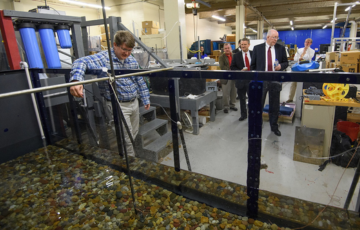
High-Frequency Acoustic Attenuation System for Measuring Fine Suspended Sediments and Algal Movements
Researchers at NCPA developed a remote, autonomous acoustic system to monitor fine sediments transported in streams. Tested in New Mexico and Mississippi, the system effectively tracked sediment concentrations, aligning with expected water patterns. The study also revealed that daily algal movements could influence acoustic readings, highlighting both challenges and opportunities for ecological research.
Read the Research -
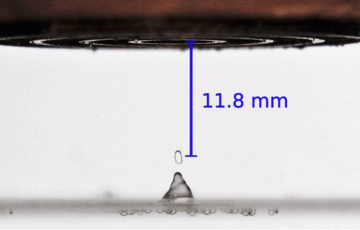
Acoustic Tweezers Device Development
Likun Zhang, assistant professor of physics and astronomy, and Robert Lirette, a former Ole Miss doctoral student, developed an acoustic tweezers device that can move liquids without physical contact. This technology is crucial for managing fluids in space, where traditional methods are impractical. In 2022, the device was sent to the International Space Station (ISS) for testing. The acoustic tweezers work by shaping sound waves into a beam that creates a small pocket within the fluid, allowing droplets to be captured and maneuvered without physical contact.
Learn More -
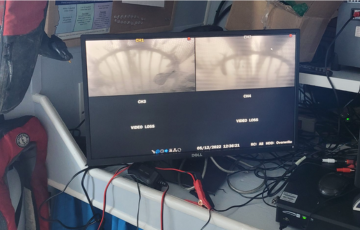
Using Sound to Battle Sea Turtle Endangerment
Researchers at the University of Mississippi used acoustic technology to enhance sea turtle conservation by monitoring how turtles interacted with Turtle Excluder Devices (TEDs) in shrimp trawls. By capturing the sounds made when turtles exited through TEDs, they improved estimates of turtle bycatch and gathered valuable data on turtle populations and movements, even in low-visibility conditions. This approach has the potential to significantly aid conservation efforts.
Read More -
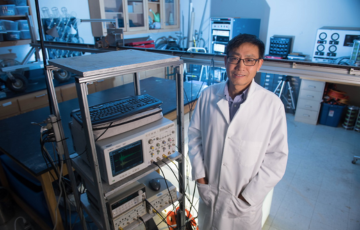
Acoustic Detection for Undersea Oil Leaks
Researchers at the University of Mississippi received a $591,000 grant to develop technology for detecting and managing oil leaks in underwater pipelines. The project focused on improving the reliability and accuracy of detecting small leaks, with the potential to minimize environmental damage from oil spills. This work aimed to enhance the safety and efficiency of pipeline operations.
Learn More
